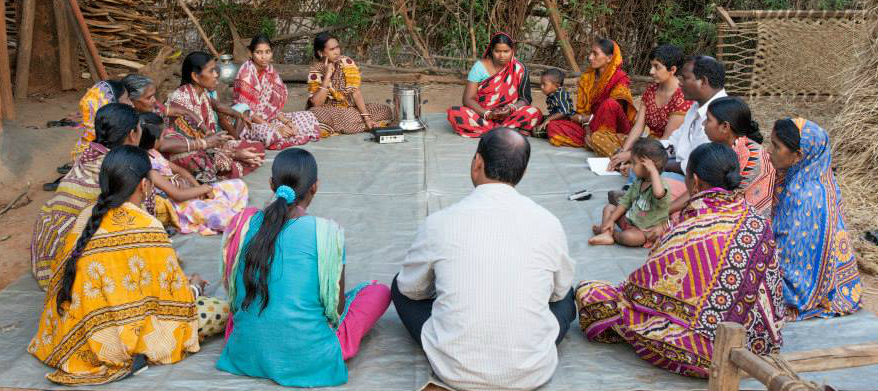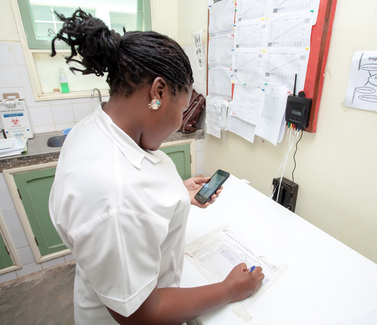
Nexleaf Analytics utilizes technology for global good
By AdministratorGlobally, 5 billion people now have access to mobile technology. This technology is more than just a means of easy communication – it’s a way to gain access to information and to generate critical development. Even in rural areas lacking basic infrastructure like running water and electricity, many communities are using mobile technology to improve their lives.
 At Nexleaf, we’re driven by the vision that technology and data can be built to serve all users for the global good. Nexleaf’s interventions currently reach over 12 million people a year.
At Nexleaf, we’re driven by the vision that technology and data can be built to serve all users for the global good. Nexleaf’s interventions currently reach over 12 million people a year.
Innovation and data can be powerful tools in providing people in lower- and middle-income countries (LMICs) greater access to economic and social opportunities. Using a grassroots approach, Nexleaf builds IoT sensors, pathways, and tools that make data accessible and actionable to people working on the front lines of global health and climate change. The technologies we design can be used across different sectors to yield data-driven insights for global solutions. The areas we address include:
Climate Change. About 3 billion people around the world cook or heat their homes with fires indoors producing high levels of household air pollution, leading to about 4 million deaths each year. In India, we introduced StoveTrace, a remote monitoring platform that collects data on improved cookstove usage from households in rural areas that switch from traditional cooking on mud stoves to cleaner, safer cooking methods. Through our technology, we’re able to engage women directly and work with them as they transition to cleaner forms of energy. We developed innovative results-based financing scheme Sensor-enabled Climate Financing (SCF) that rewards women for their climate stewardship via monthly mobile payments based on sensor-verified cook stove usage.

Global Health. Nexleaf’s ColdTrace program focuses on protecting vaccine potency at the last mile. Vaccines need to be kept between 2-8 °C but according to a WHO/UNICEF statement, only 2% of health facilities in LMICs have functional cold chain equipment with optimal technology. The ColdTrace sensor device records temperature in vaccine refrigerators and uploads data to a cloud-based dashboard. When temperature goes beyond the safe range of 2-8 °C, the ColdTrace system sends alerts via SMS to facility staff to notify them and enable immediate responsive action. With ColdTrace, each member of the health system, from health workers at the local level to facility managers to members of the Ministry of Health, have visibility into fridge performance and can take actionable steps to safeguard vaccines. But visibility into the cold chain is required end-to-end and we working to add transparency during transport to ensure only safe and potent vaccines are delivered to children.

Our uncommon approach has allowed us to blaze a trail in the nonprofit sector and to set a tone for data-driven, verifiable impact. By the end of 2017, we were able to expand ColdTrace to protect the vaccine supply for over 12 million babies born each year, which is 10% of all babies born on Earth. We were also able to expand StoveTrace into a new country, Nigeria, and were able to begin piloting our technology to support agriculture in Bangladesh.
While we have accomplished much, we have more work to do to create a data culture that promotes transparency, liberty, and equality – a world where technology solutions are designed with people on the ground, to improve larger systems while empowering and protecting individual human beings.
